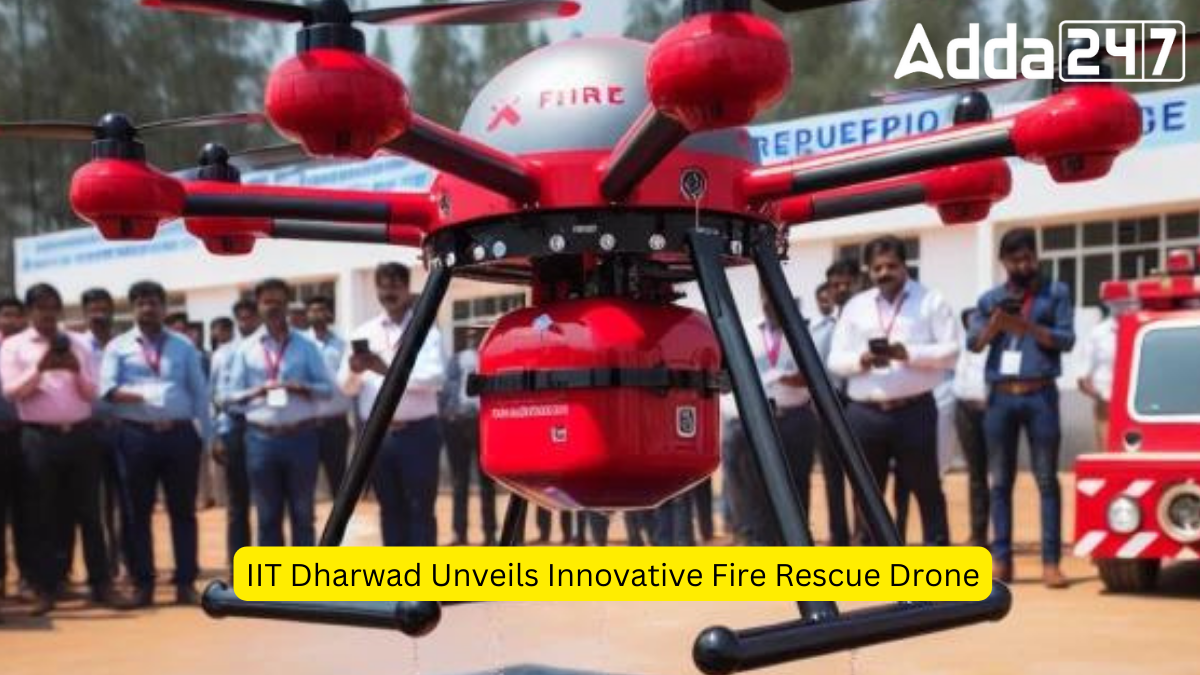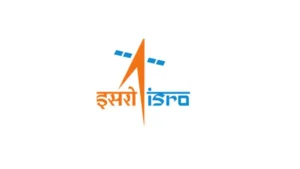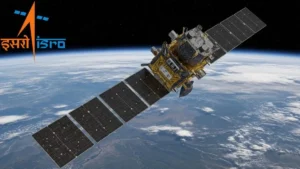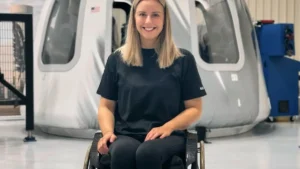A group of teachers and students at the Indian Institute of Technology (IIT) Dharwad, directed by Profs. Sudheer Siddapureddy and Ameer Mulla, with funding from the TiHAN Foundation, IIT Hyderabad (NMICPS, Indian government), has created a drone for fire rescue assistance. During the two-day workshop on Drone design and autonomous navigation in fire rescue (DDANFR 2024), organized by the Fire and Thermal Research Laboratory (FLRL) and the Control System and Robotics Laboratory at IIT Dharwad on May 31 and June 1, there was an unveiling and demonstration of what is purported to be the first fire rescue assistance drone.
About Fire Fighting Drone
Drones with thermal cameras installed on them, or drones with thermal imaging capabilities, are frequently used by firefighters. The infrared radiation that objects, including flames, emanate can be detected and captured by the specialist thermal sensors fitted to these drones. Thermal drones assist firefighters with hotspot identification, fire spread tracking, and flame intensity assessment by evaluating temperature differences in the acquired photos. Especially at night or in low visibility situations, thermal drones are extremely useful for early fire detection, situational awareness, and assisting firefighting efforts.
Design and Capabilities of this Drone
Fighting fires in challenging environments requires a drone that can fly through tight spaces and hot weather. Professor Siddapureddy discussed the challenges involved in creating a device that is both incredibly compact and powerful. Important contributions came from the Fire and Thermal Research Laboratory (FTRL), which created flexible protection shields after extensive fire testing and sensors resistant to soot.
Navigation and Application
The guidance issue in smoke-filled areas was further discussed by the Expert Professor, marking a significant advancement over the Control Systems and Robotics Laboratory’s work. In addition to helping in fire situations, this technology might also be used to manage large crowds in areas like train stations, malls, and pilgrim centers, improving their safety and effectiveness.
Collaboration and Inspiration
The head of IIT Dharwad, Prof. Venkappayya Desai, also offered his opinions regarding the IITs’ founding tradition. He highlighted the important contributions these organizations have made to the development of cutting-edge technology and creative solutions to pressing issues in society; the creation of biotoilets for Indian Railways being one such example. This thought-provoking session was opened by Prof. Pratyasa Bhui, dean of R&D, and featured keynote speakers such as Prof. Bhaskar Dixit of Jain University and Siva Bathina of IIT Madras.




 ISRO Launches RESPOND Basket 2025, Calls...
ISRO Launches RESPOND Basket 2025, Calls...
 LVM3-M6 Rocket Set to Launch on December...
LVM3-M6 Rocket Set to Launch on December...
 Michaela Benthaus to Make History as Fir...
Michaela Benthaus to Make History as Fir...







